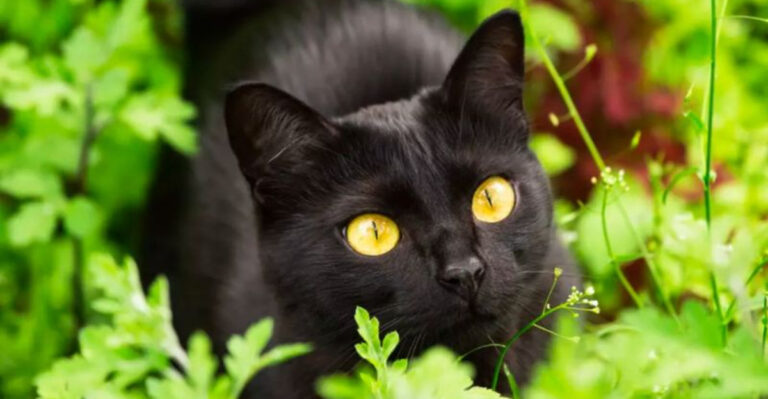Scorpions In These 17 States: What You Need To Know
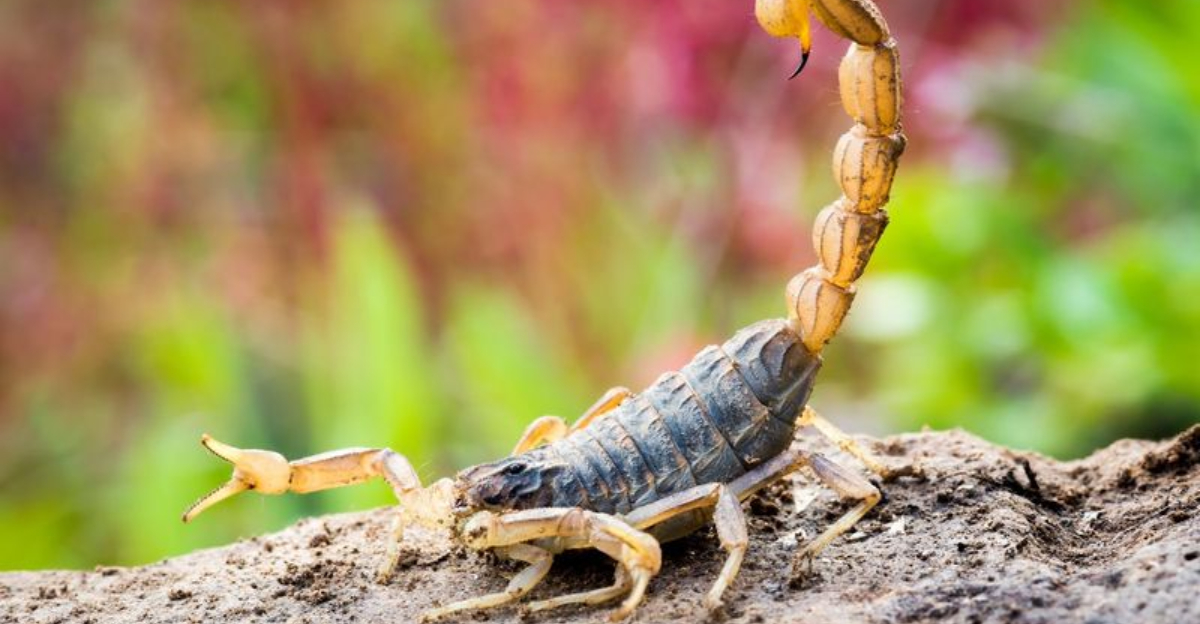
Scorpions might not be the cuddliest creatures on the planet, but they sure know how to make an entrance! These arachnids have found their way into homes and hearts across various states.
Whether you’re a resident or a visitor, knowing where these pincered pals might pop up is valuable.
1. Tennessee
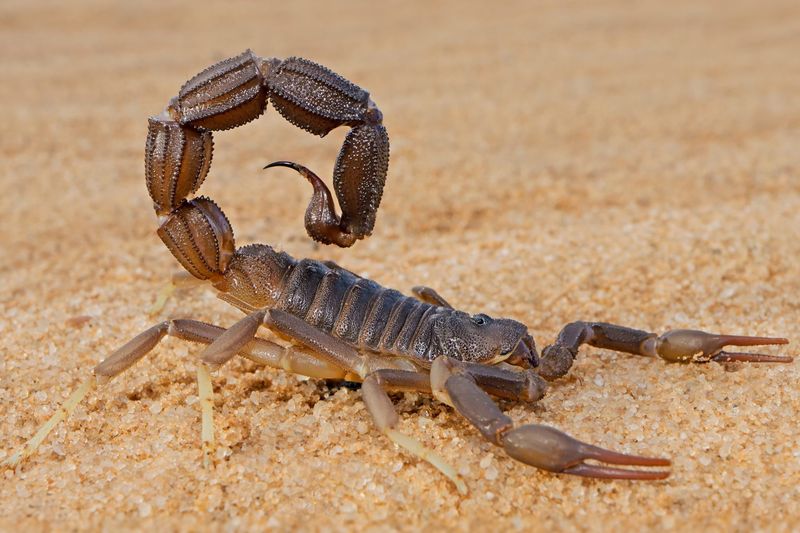
In Tennessee, scorpions are the ultimate surprise guests, often sneaking into homes uninvited.
These critters love the warm, humid environment and are typically found in basements or garages. Their favorite pastime? Hiding in shoes or under piles of clothes.
Despite their stealthy ways, Tennessee scorpions are not aggressive and prefer to avoid confrontation. If spotted, it’s best to gently guide them outside. A good tip is to shake out shoes and clothes before wearing!
2. Kansas
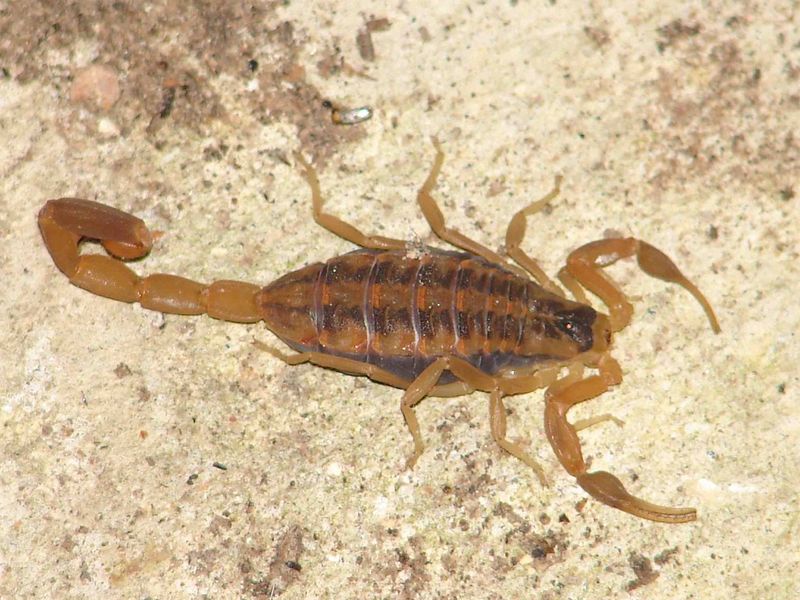
Kansas might be known for its vast prairies, but scorpions also call this state home.
These elusive creatures are often found in rocky areas or under logs. They are more active at night, hunting for insects with their keen sense of touch.
In Kansas, scorpions are part of the natural ecosystem and help control the insect population.
To avoid unwanted encounters, keep your yard tidy and check under rocks before sitting down. Remember, they’re more scared of you!
3. Florida
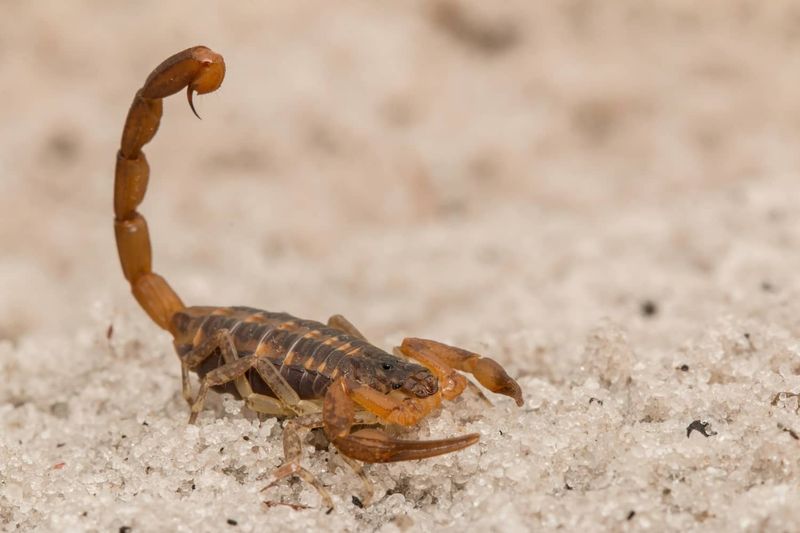
Florida’s warm and humid climate offers the perfect paradise for scorpions.
These critters thrive in gardens and wooded areas, blending seamlessly into their surroundings. Their cunning camouflage makes them masters of hide and seek.
In Florida, scorpions are generally harmless but can deliver a painful sting if threatened.
To avoid surprises, wear gloves while gardening and be cautious when picking up debris. Embrace the Florida wildlife but keep a respectful distance!
4. Missouri
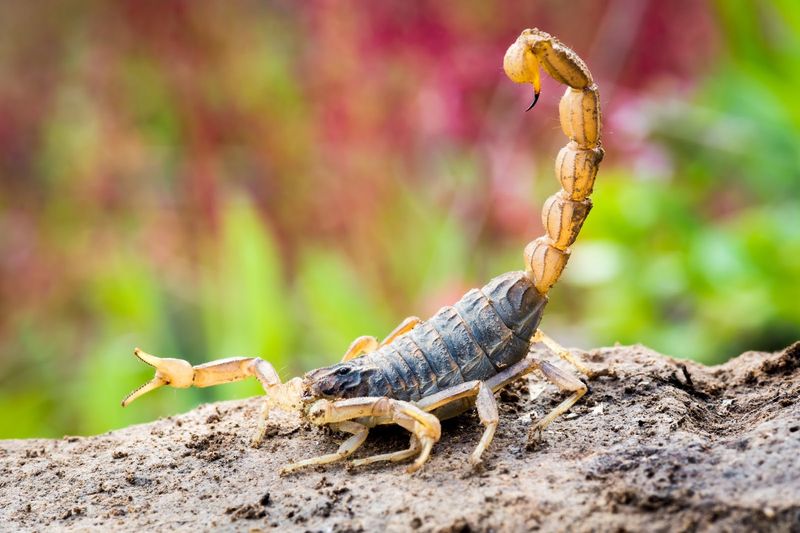
Scorpions in Missouri are like unexpected plot twists on a hiking adventure.
These arachnids are often spotted on trails, especially amidst fallen leaves and twigs. They’re mostly active during warmer months, seeking shelter under rocks and logs.
While they may look intimidating, Missouri scorpions are not aggressive.
If you encounter one on a trail, snap a picture and give them space. Consider it a reminder of nature’s wonders while exploring the great outdoors!
5. Colorado
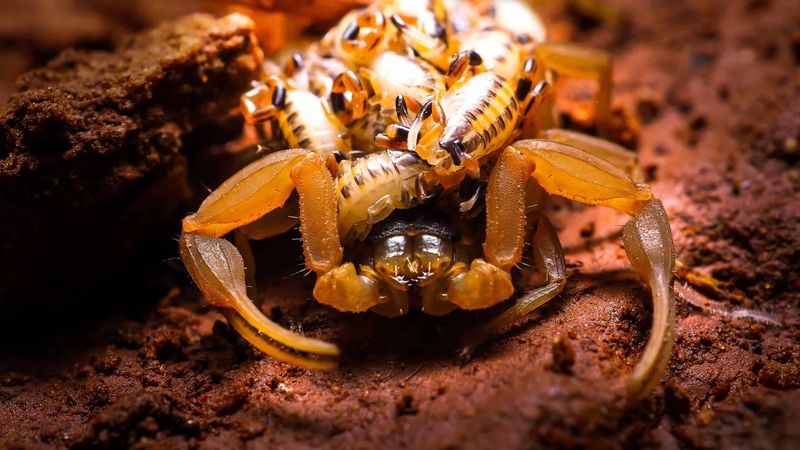
In the rugged terrains of Colorado, scorpions add a touch of mystery to the already enchanting landscape.
These arachnids enjoy basking on sunlit rocks, blending with the rugged scenery. They’re most active during the warmer months, embracing the Colorado sunshine.
Colorado scorpions contribute to the ecological balance by controlling insect populations.
When hiking or rock climbing, keep an eye out for these fascinating creatures. Remember, a respectful distance is all they ask for!
6. California
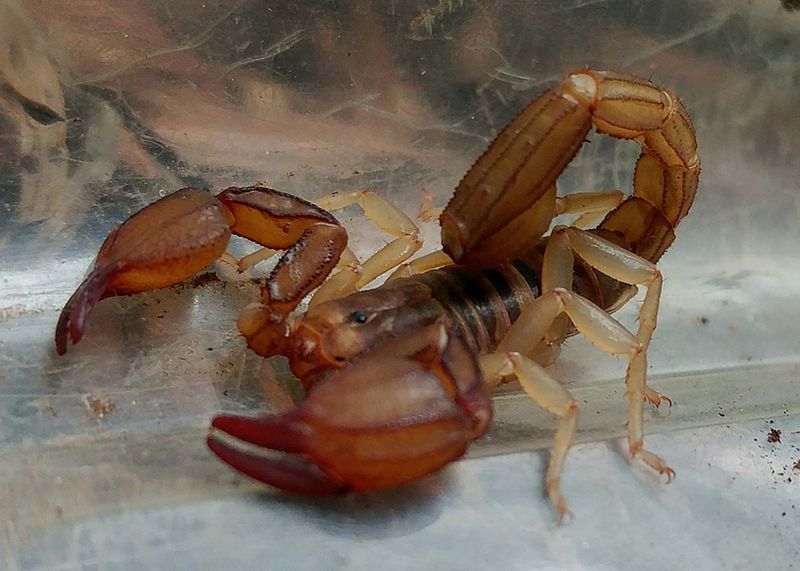
California offers more than just its beaches and Hollywood glamour; it’s also home to some striking scorpions.
In the desert regions, these arachnids are often seen lurking near cacti and under rocks. Their dark, formidable appearance is a sight to behold.
Though they look menacing, California scorpions are generally harmless if left undisturbed.
When exploring deserts, be cautious and avoid lifting rocks with bare hands. Enjoy the desert’s beauty, but keep a watchful eye!
7. Alabama
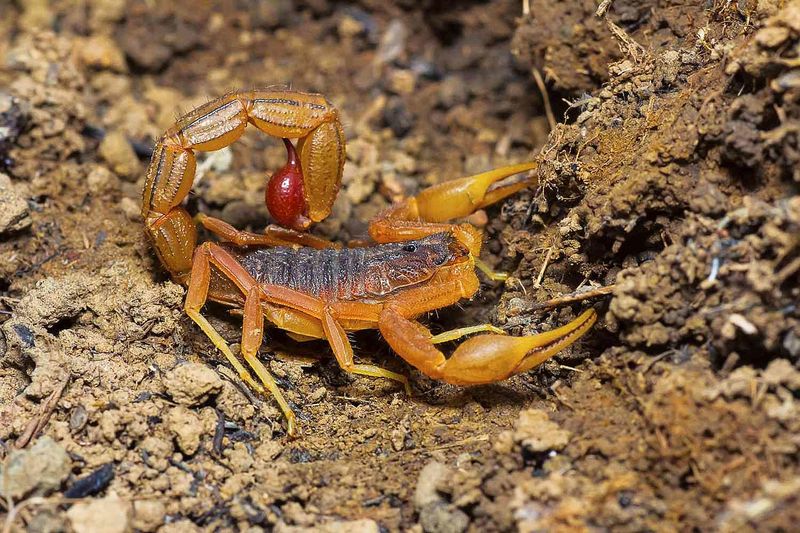
In Alabama, scorpions are the unexpected guests at your summer barbecue, often hiding under porch furniture.
These small arachnids blend perfectly with the wooden textures of outdoor spaces. They’re more active during the warm, humid nights.
Alabama scorpions are a reminder of the state’s rich biodiversity.
To avoid startling encounters, inspect outdoor furniture before use and keep areas tidy. Appreciate their presence as a part of Alabama’s natural charm!
8. Arizona
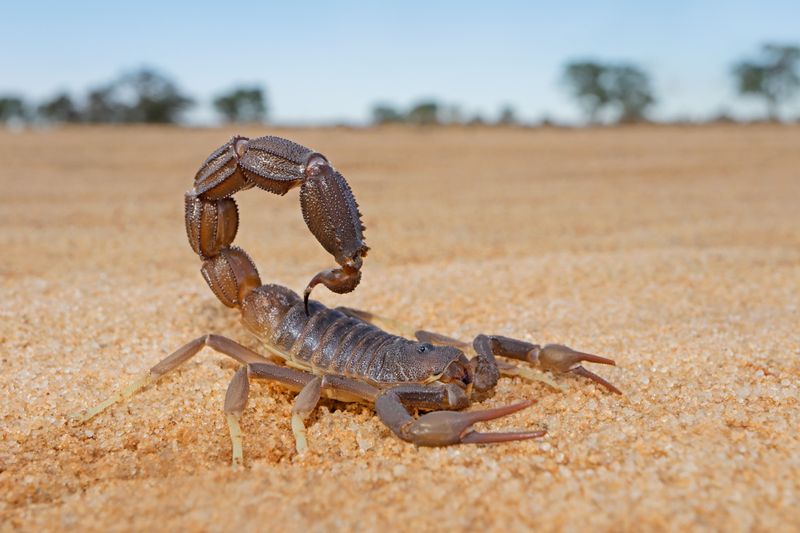
Arizona and scorpions go hand-in-hand, like sunshine and cacti.
These iconic desert dwellers are often seen on sandy paths, basking in the sun’s glow. Their impressive size and reddish-brown hue make them stand out in the desert landscape.
Though they pack a punch with their sting, Arizona scorpions prefer solitude. When hiking, wear sturdy shoes and watch your step. Respect their space, and they’ll respect yours. After all, it’s their desert too!
9. Louisiana
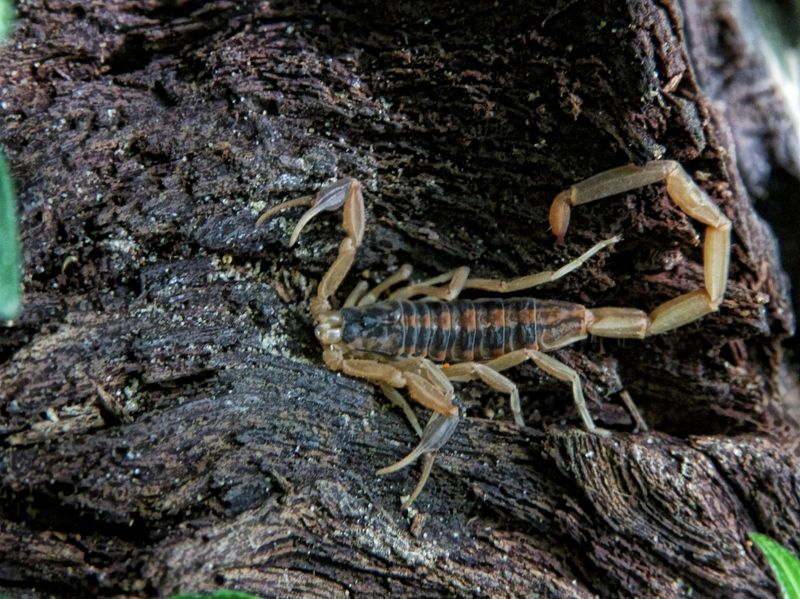
In the bayous of Louisiana, scorpions add an element of mystery to the already intriguing swamps.
These creatures are often found on moss-covered logs, seamlessly blending with the surroundings. Active during humid nights, they hunt for insects in the shadows.
Louisiana scorpions are part of the ecosystem’s balance, keeping insect populations in check.
When exploring swamps, be mindful of where you step and use a flashlight at night. Embrace the swamp’s allure with a touch of caution!
10. Georgia
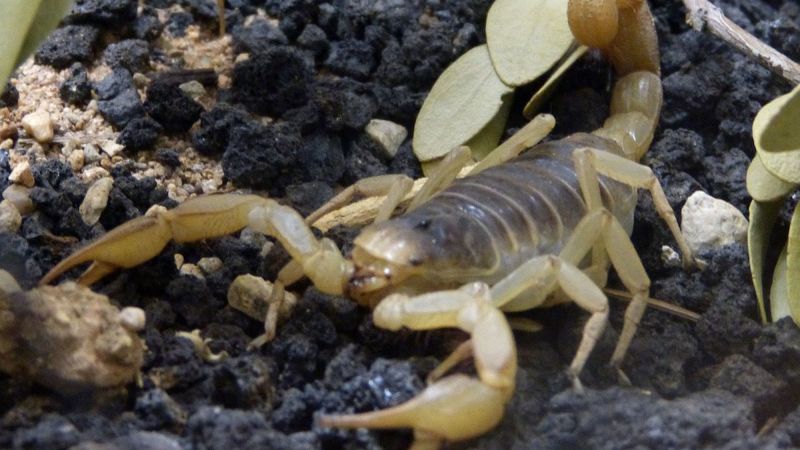
In Georgia’s lush forests, scorpions are the hidden gems of the underbrush.
These arachnids enjoy the cover of pine needles and fallen leaves, making them hard to spot. They’re most active during the warm, humid months, thriving in the forest’s rich ecosystem.
Scorpions in Georgia are generally harmless but can surprise unsuspecting hikers.
Keep a lookout when walking through the forest, and enjoy the thrill of spotting one. Remember, they’re more intrigued by you than you are by them!
11. Texas
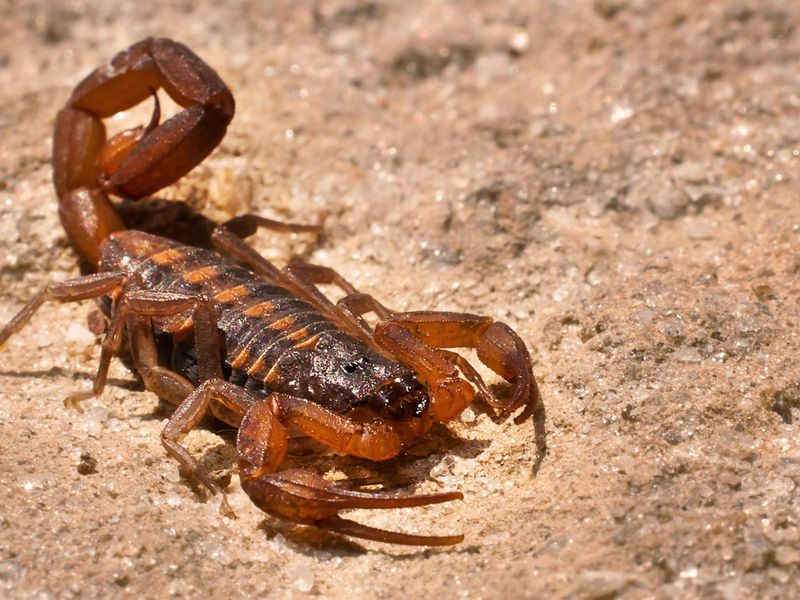
In Texas, everything’s bigger, including the scorpions!
These critters are often found near tumbleweeds and in dry, dusty areas. Their size and brown color allow them to blend seamlessly with the Texan terrain.
Despite their intimidating look, Texas scorpions are more bark than bite. They’re an essential part of the ecosystem, helping control insect populations.
When exploring, give them a wide berth and admire them from a distance. After all, everything’s bigger in Texas, including the respect for nature’s wonders!
12. Nevada
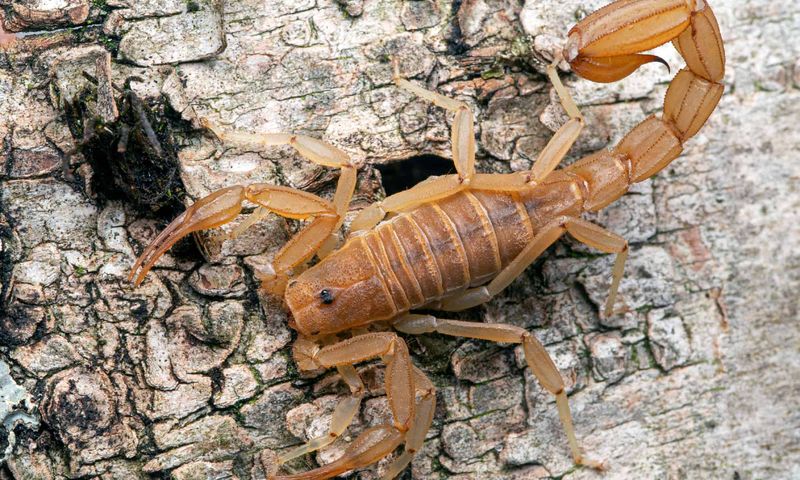
Nevada’s desert nights are perfect for scorpion spotting, especially under the moon’s soft glow.
These nocturnal creatures come alive, hunting for insects with their keen senses. They often hide under rocks during the day, emerging as the night unfolds.
Scorpions in Nevada add to the desert’s allure, offering a glimpse into the world of nocturnal wildlife.
When camping, shake out your sleeping bag and check your shoes. Enjoy the desert’s nightlife with the awe it deserves!
13. New Mexico

New Mexico’s deserts are home to the stealthy scorpions, often seen near sagebrush and sandy trails.
Their tan color allows them to camouflage perfectly with the desert landscape. These creatures are most active at night, avoiding the harsh daytime heat.
While scorpions in New Mexico can sting, they’re not out to get you.
When hiking, be vigilant and avoid disturbing their habitat. Respect their natural role in the ecosystem, and you’ll have a safe, fascinating desert adventure!
14. North Carolina
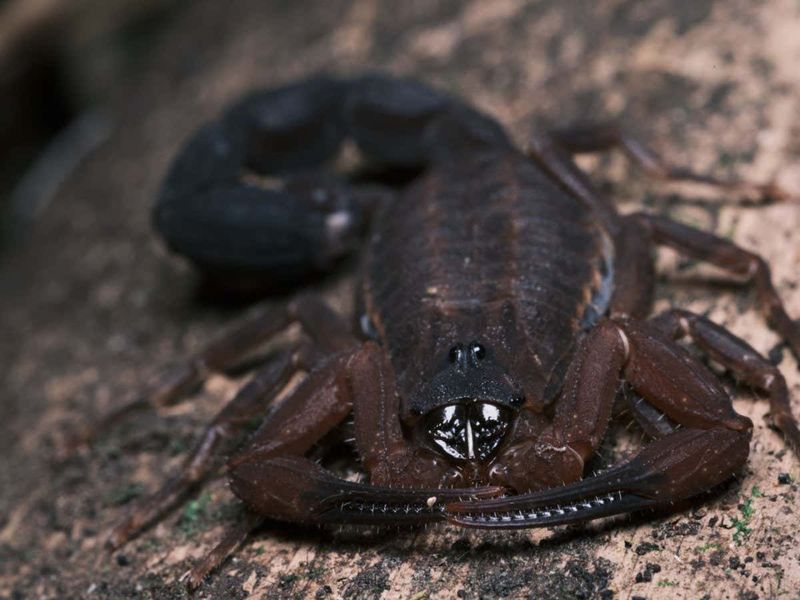
In North Carolina, scorpions add a dash of excitement to garden strolls.
These small arachnids are often found on stone paths and under garden ornaments. Their dark hue helps them blend effortlessly into the garden’s aesthetic.
Though they can appear out of nowhere, North Carolina scorpions are not aggressive.
They enjoy the garden’s serenity as much as you do. When gardening, keep an eye out and appreciate their role in pest control. They’re a small, yet intriguing part of the garden ecosystem!
15. Oklahoma
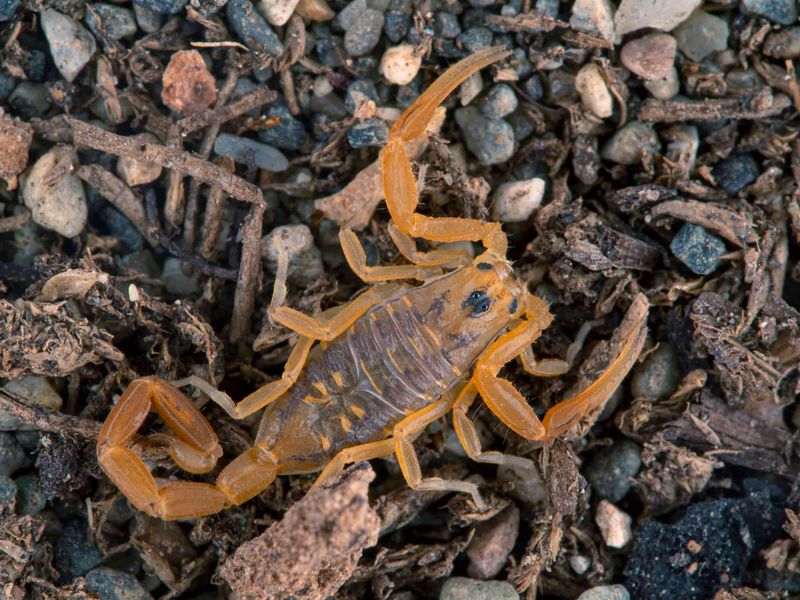
Oklahoma’s prairies are not just home to buffalo; scorpions also roam these vast expanses.
Often found on patches of dry grass, they contribute to the prairie ecosystem by controlling insects. Their light brown color provides a stark contrast to the golden grasslands.
In Oklahoma, scorpions are more scared of you than you are of them. When walking through prairies, watch your step and enjoy the wide-open views.
They’re a unique part of the prairie landscape, adding to its rich biodiversity!
16. Utah
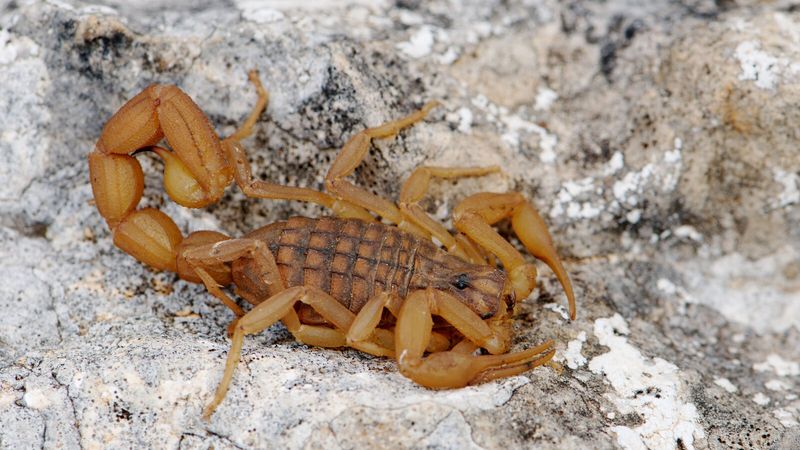
Utah’s rocky deserts provide the perfect backdrop for scorpions to showcase their adaptability.
These arachnids are often seen on red rock formations, their dark bodies creating a striking contrast. They’re most active at night, embracing the cooler desert temperatures.
While scorpions in Utah might look menacing, they’re more focused on their insect prey.
When exploring the desert, stay on marked paths and enjoy the dramatic landscapes. They’re part of Utah’s wild beauty, adding a touch of intrigue to the desert!
17. Arkansas

In the woodlands of Arkansas, scorpions are like hidden treasures, quietly residing under fallen logs.
These small creatures are experts at blending with the bark and leaves, making them a challenge to spot. They’re most active during warm, humid nights.
Arkansas scorpions are a testament to the state’s diverse wildlife.
When exploring the woods, be cautious and respect their habitat. They play a vital role in controlling pests, adding balance to the natural world around us!




